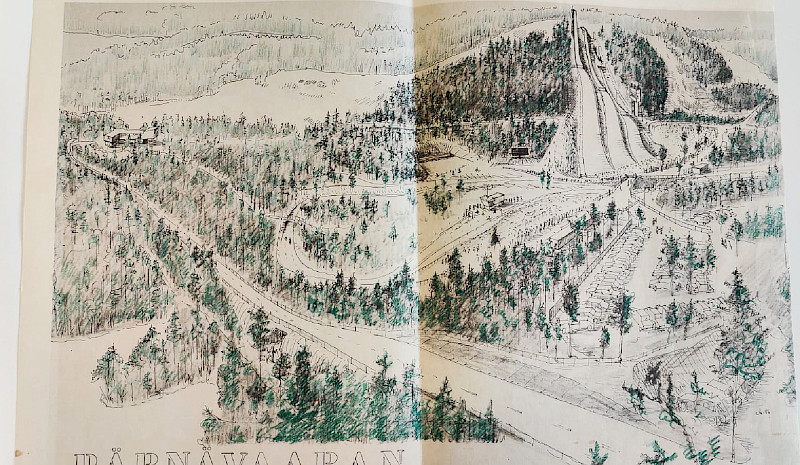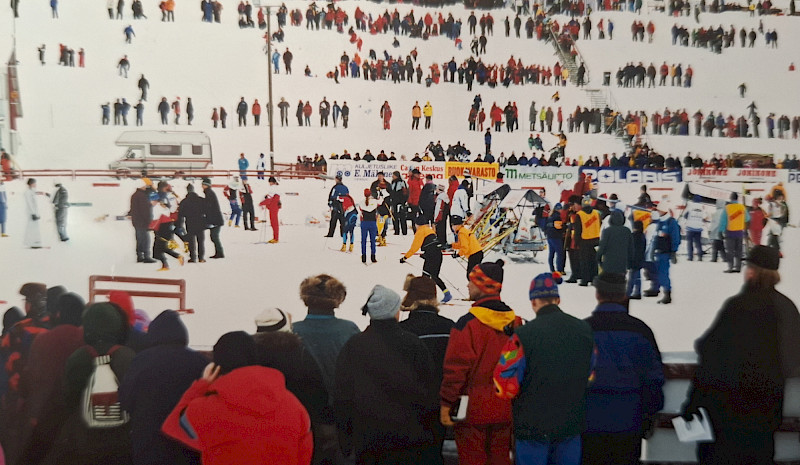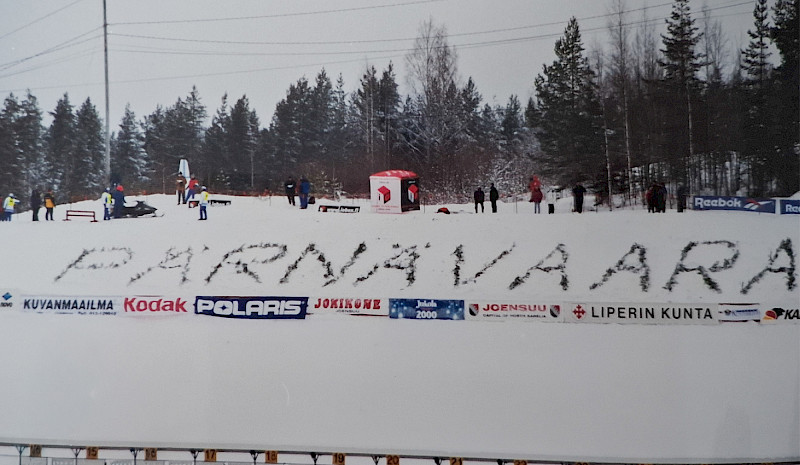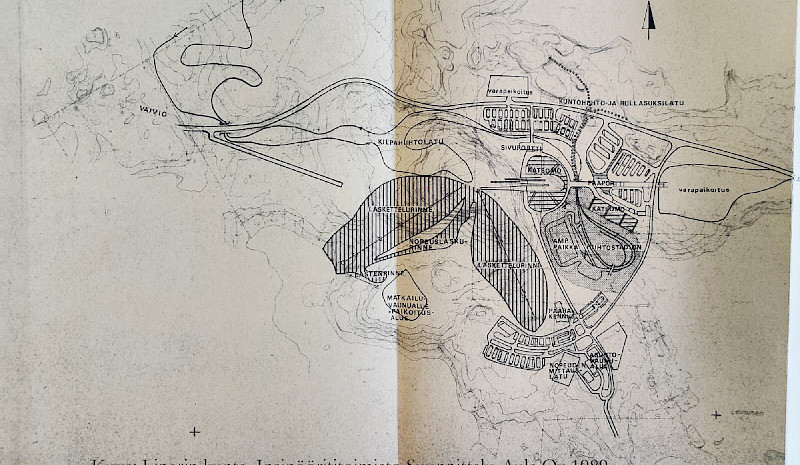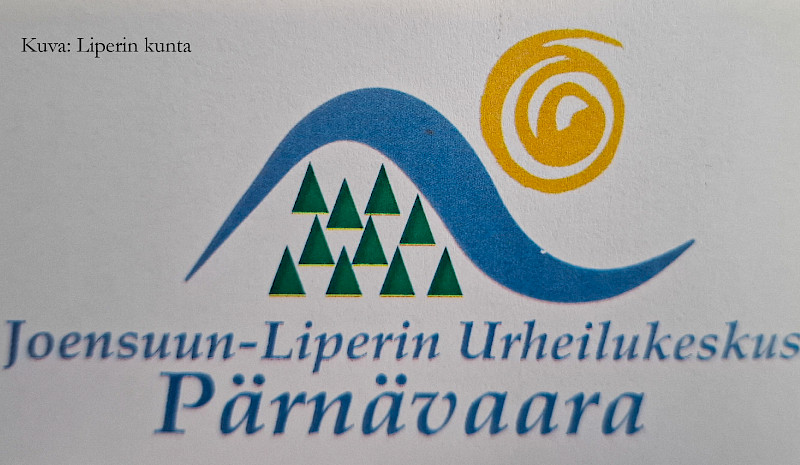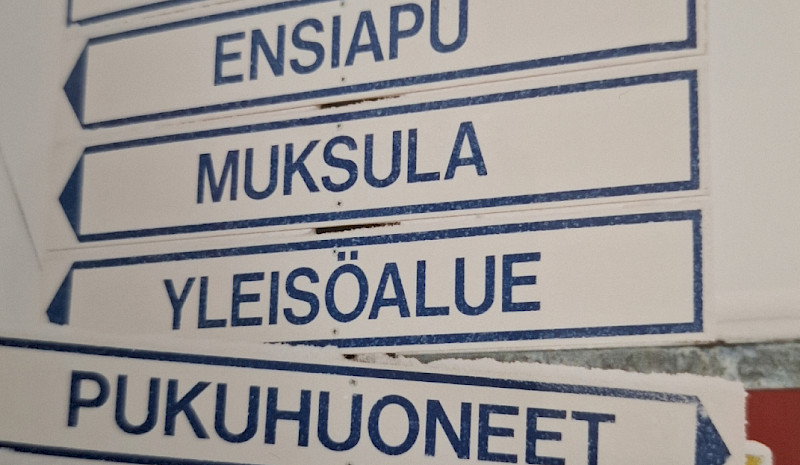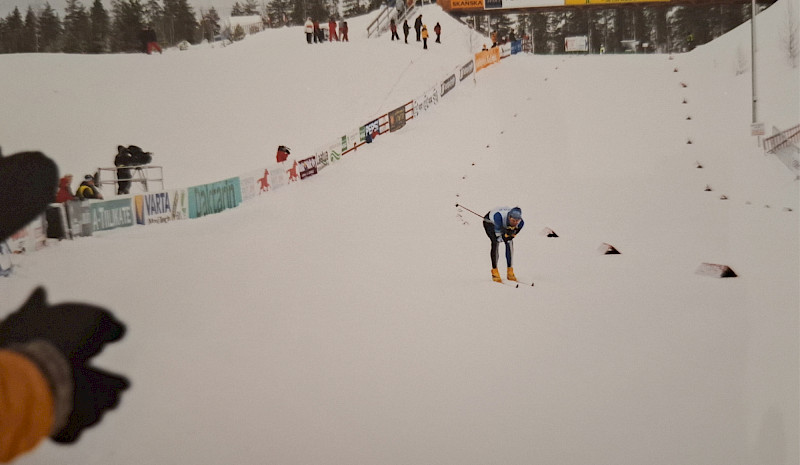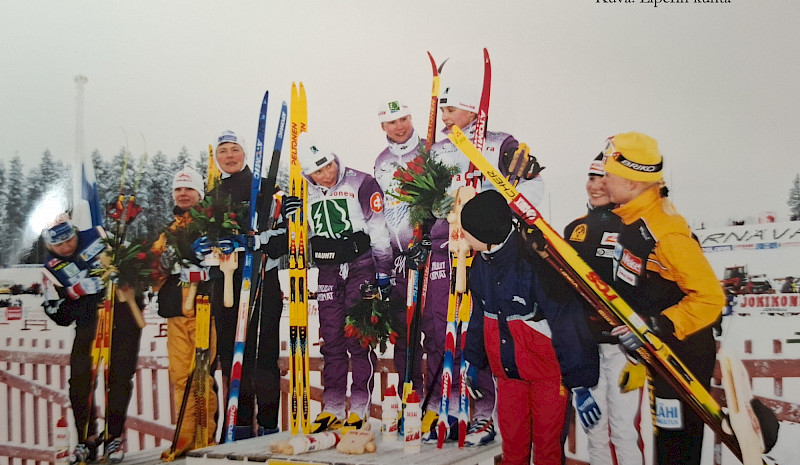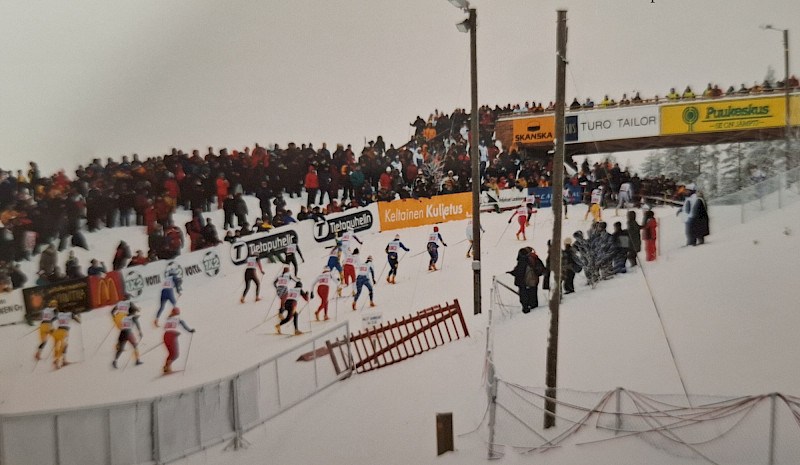
Pärnävaara region
The History of Pärnävaara
Pärnävaara has been an important center for sports, exercise, and community activities in Liperi for decades. Its story reflects the rise of winter sports, a strong spirit of volunteerism, and a sense of community that has carried the area to the present day.
Early Steps: 1940s–1950s
The roots of Pärnävaara go back to the 1940s, when the first ski trails drew skiers to enjoy the scenery. Even then, the hills of Pärnävaara were known for their challenging climbs, while the views over Pyhäselkä Lake attracted visitors. From these small but significant beginnings, the story of Pärnävaara as a sports center began.
The Birth of the Ski Resort: 1960s–1970s
The 1960s marked a period ofreal growth for Pärnävaara. During the 1960s and 1970s, two ski slopes operated under separate companies. The surrounding land was owned by the City of Joensuu. Plans to establish a winter sports center were drawn up, and in 1967, entrepreneurs built a ski lift. At the same time, parking was expanded, a small slope was maintained for skiing, and snow cannons ensured excellent slope conditions.
Ski schools, competitions, and courses attracted both children and adults, making Pärnävaara a place where sports, community, and volunteer work went hand in hand.
Later, the ski lift was removed when it was sold to Estonia, but it remains a memorable part of Pärnävaara’s colorful history.
Ski competitions, ski schools, and family events drew crowds in the 1970s. However, Pärnävaara’s future was not always secure: in the mid-1970s, slopes were closed for several years due to ownership and maintenance issues. Volunteer work kept the trails alive, and eventually, the slopes reopened.
Volunteer Spirit Strengthens in the 1980s
The 1980s were both an exciting and uncertain time at Pärnävaara. Volunteer efforts remained strong: ski trails and lighting were built at minimal cost, and the trails were crowded with users. At the same time, discussions began about how Pärnävaara could grow into a regional sports center.
In 1983, the idea arose to build a ski jump to host major competitions, even at the Finnish Championship level. A committee with representatives from Liperi and Joensuu considered Pärnävaara’s development. The project’s initiator was Yrjö Karttunen, a sports director from Liperi working in the City of Joensuu. At the same time, discussions included a shooting range and even an ice rink excavated into rock. Dreams were grand, but practical questions constantly arose: Who owns the area? Who pays, and with what funds?
In 1984, the City of Joensuu made an official offer for Pärnävaara, and negotiations took place with Liperi. The situation was complex: while the area’s potential was clear, neither party wanted to take on too much financial responsibility. For example, Liperi refused to purchase a slalom slope, even though it was for sale.
In 1985, Joensuu and Liperi established a joint working group to consider the area’s development. Architect Erkki Helasvuo was chosen to draft a master plan envisioning a complete winter sports center, including three ski jumps, 2–10 km illuminated trails, a ski stadium, changing facilities, and family recreation areas such as a sledding hill and ice skating rink.
By summer 1986, the estimated cost of the plan was 25 million Finnish marks, a huge sum that sparked debates over how to divide it between Joensuu and Liperi. Municipal councils considered whether such an investment was feasible. Land ownership and infrastructure issues, such as roads and electricity, were bottlenecks that slowed progress.
Although the master plan was approved in 1987 and the potential was clear, implementation proved difficult. Construction was postponed repeatedly, and funding remained uncertain. Municipalities had other priorities, leaving Pärnävaara in the background.
Still, the 1980s cemented Pärnävaara’s reputation as a sports center: ski trails were busy, competitions were held, and development continued persistently – even if not all dreams were realized.
International Recognition and Major Competitions
In the 1990s, Pärnävaara faced uncertain times. The ski company Pärnävaara Oy went bankrupt in 1991, with nearly three million marks of debt, and the most valuable assets – land lease rights and properties – were under municipal and estate control. Ski lifts stood unused, and slopes remained closed.
The solution came when the City of Joensuu purchased Pärnävaara in spring 1991, securing its future. However, discussions continued: should the area be developed fully as a sports center or allowed to decline? Negotiations on cost-sharing were difficult – Joensuu felt it paid too much, while Liperi hesitated. Ski club Kataja organized competitions, with the first major event being the district championship in 1992.
In the early 1990s, major earthworks began. Trail bases and roads were improved, and plans included a biathlon stadium and ski jumps. A lit roller-ski track was completed in August 1993, with biathlon targets installed at the same time. In February 1994, Pärnävaara’s founder Yrjö Karttunen passed away on the ski trails.
During the 1990s, Pärnävaara also gained fame as an event venue. International ski races attracted top athletes and Eurosport broadcasts. Sprint skiing was a new concept, and Pärnävaara helped introduce it globally. Dog sports, including sled dog races and dog shows, also found a home at Pärnävaara.
In 1997–1998, major new buildings were constructed – a cafe, service, and waxing facilities – largely thanks to volunteers and Ministry of Education support. Volunteer contributions were vital: without them, these buildings would not have been completed.
Throughout the decade, discussions continued on whether to maintain Pärnävaara. Some officials suggested closure for budget reasons, but ski clubs, volunteers, and users advocated for its continuation. Persistent individuals and the strong volunteer spirit often made the decisive difference.
By the end of the 1990s, Pärnävaara had recovered from crisis, becoming a versatile sports and recreation center respected even internationally. From 1992–2006, approximately 180 different events were held, along with weekly training sessions, competitions, and club activities. Regular users included Joensuun Kataja, Liperin Hiihtoseura, Kalevan Rasti, Liperin Taimi, and Joensuun Hiihto-Veikot. The Mylly project also utilized Pärnävaara’s lean-tos and huts.
The Role of the Foundation
The Pärnävaara Sports Center Foundation was established in 1990 after Pärnävaara Oy went bankrupt. Its creation ensured the area remained accessible for athletes and the public. Initially, funding responsibility was divided: Joensuu 75% and Liperi 25%.
The foundation enabled large investments that municipalities alone could not fund. Late-1990s building projects – cafe, service, and waxing facilities – were implemented under the foundation, partially with Ministry of Education grants and largely with volunteer labor. The foundation acted as a practical channel combining state support, municipal investment, and local volunteerism.
The foundation board was also a forum for discussing Pärnävaara’s development. For example, the construction of the roller-ski track in the 1990s was largely driven by the foundation chair, implemented even amid municipal hesitation. The foundation sometimes had to make decisions the political system could not unanimously approve.
By the 2000s, the foundation remained the backbone of Pärnävaara, though its role became controversial. Joensuu felt it paid too much, while Liperi hesitated to contribute more. Annual debates over Pärnävaara’s future followed, and in 2007, the Joensuu city council decided to prepare for the foundation’s dissolution. The decision did not happen immediately, as the foundation-managed investments and ownership structure made it complicated. The foundation was ultimately dissolved in 2012.
In 2015, Joensuu and Liperi agreed on a new maintenance arrangement: Liperi 35% and Joensuu 65%.
A Venue for Major Events
In the 2000s, Pärnävaara hosted numerous major competitions and events, including:
Finnish Ski Championships 1992, 2000
Jukola Relay 2000
Silva Forest Exhibitions 2002, 2006
World MTB Orienteering Championships 2006
Fin5 Orienteering Week 2006
National skiing competitions (various years)
Ski orienteering Finnish Championships 1995
Dog shows 1997, 1998, 2001, 2003, 2006
Roller-skiing Finnish Championships 1993, 1994
Sled dog World Championships 1997
Finnish Forestry Skills Championship 2005
Regional ski relays and district championships
School and show-jumping competitions
Rock concerts
These events brought thousands of participants and spectators, reinforcing Pärnävaara’s role as a versatile sports and recreation center.
A Community Hub – Then and Now
Pärnävaara’s story is not only about sports and competitions – it is also about village gatherings, children’s first ski experiences, and outdoor moments with friends. It has been a training ground for top athletes and a weekend destination for ordinary families.
Today, Pärnävaara is a year-round center for exercise and wellness, combining history, volunteer spirit, and forward-looking development. The heart of Pärnävaara has always been volunteers and local clubs – Liperin Hiihtoseura, Joensuun Kataja, Joensuun Hiihto-Veikot, Liperin Taimi, and Kalevan Rasti – who kept the area alive for decades. Kataja even ran the entire sports center on volunteer efforts for several years. Without their perseverance and the massive contributions of volunteers, Pärnävaara would not be what it is today.
Alongside the clubs, companies and Liperi municipality have taken new responsibilities in 2023–2025. The municipality purchased land from Joensuu and developed a Master Plan with various stakeholders guiding future development. Companies have contributed to projects such as early snow trails and ski equipment maintenance. New accommodation, conference, and restaurant facilities are currently under construction, expected to open in spring 2026.


